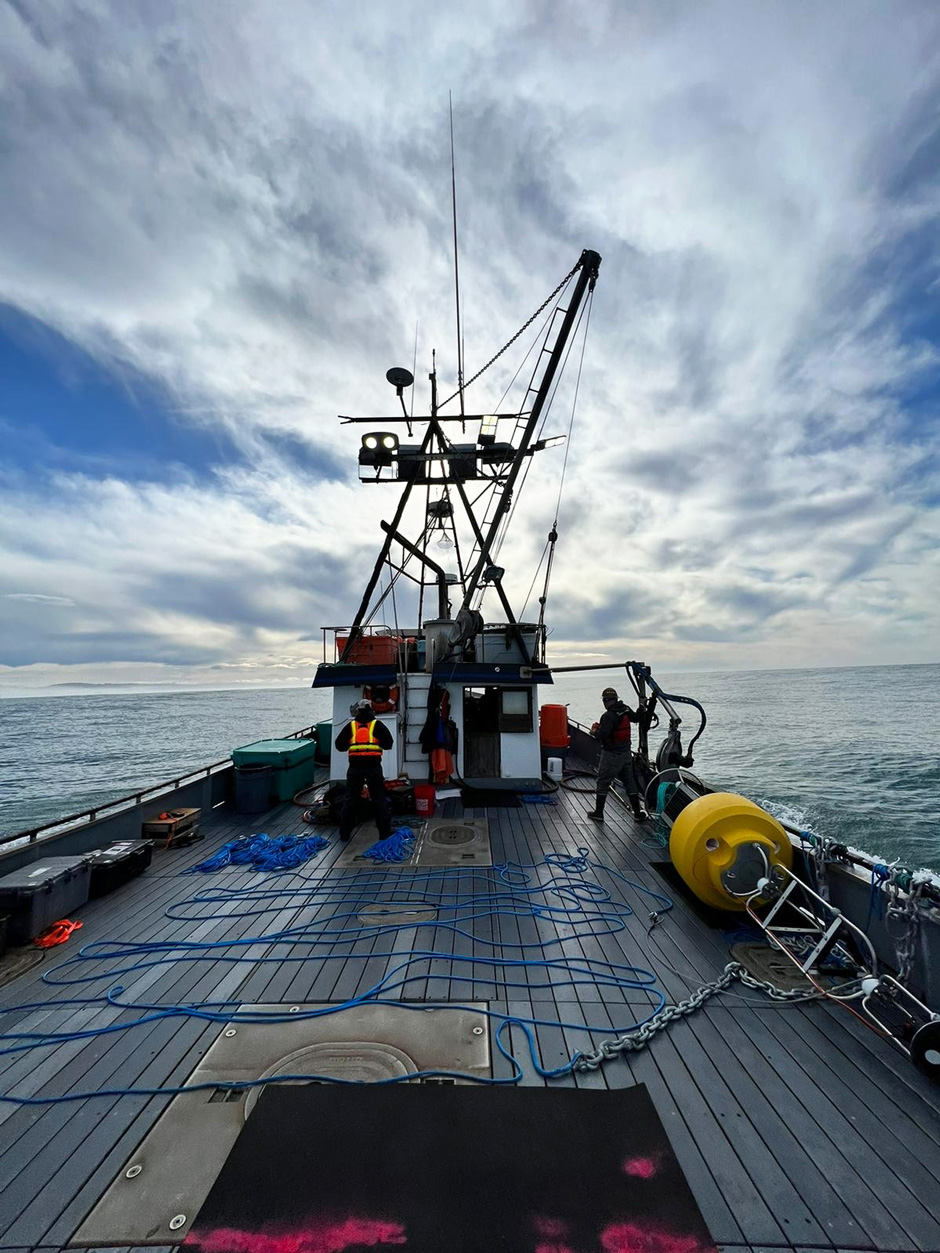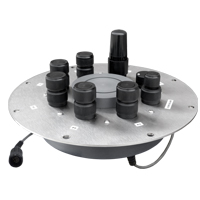 Leading up to the 21st century, the United States supported decades of dam construction in major waterways across the country. Many of these dams were hydroelectric facilities built in order to provide energy to nearby towns and cities. Unfortunately, these dams deteriorated the surrounding environment and harmed aquatic life.
Leading up to the 21st century, the United States supported decades of dam construction in major waterways across the country. Many of these dams were hydroelectric facilities built in order to provide energy to nearby towns and cities. Unfortunately, these dams deteriorated the surrounding environment and harmed aquatic life.
Many of these dams cut off migration routes for migratory fish like salmon and created reservoirs above the dam. These reservoirs are typically filled with still water that warms quickly over the summer, leading to declines in water quality and increases in algal blooms which, in turn, worsens the water quality further and impacts habitat suitability.
For many dams, like the Klamath Dam in Washington, the cost of maintaining these facilities has outweighed any potential benefits they may have once provided. As a result, dams are being removed across the country in order to restore natural waterways and reopen critical pathways for fish migration.
Challenge: Monitoring Dam Deconstruction
The Klamath Dam is actually four dams along the Klamath River, all of which will be removed over the next few years. As the dams are removed, Gravity Consulting will be assisting by monitoring sedimentation and sediment transport downstream.
 Other dam removal projects have seen a massive influx of sediment downstream, some of which have blocked harbors or buried benthic organisms. At the same time, some cases have shown that transport has benefited sediment-starved areas, repairing deteriorating landscapes.
Other dam removal projects have seen a massive influx of sediment downstream, some of which have blocked harbors or buried benthic organisms. At the same time, some cases have shown that transport has benefited sediment-starved areas, repairing deteriorating landscapes.
According to Shawn Hinz, managing partner and environmental toxicologist with Gravity, removal is expected to increase the sediment load by 24-55% over the current Klamath River discharge of 5.83 million tons annually—knocking it out of the park in terms of previous dam removals. With such high outputs, impacts are hard to predict, even with some modeling being done.
One of the project’s main challenges was creating a real-time monitoring system that tracked sedimentation. The Klamath Dam project will continue for several years, and higher quantities of data could help inform future strategies. However, the challenge is creating a system capable of collecting that information and making it available remotely.
 Solution: Real-Time Sediment Monitoring
Solution: Real-Time Sediment Monitoring
For Gravity’s role in the project, the solution is two-fold: create a system that can continuously monitor sedimentation and minimize erosion wherever possible.
In order to meet the data demands of the project, Gravity will deploy nine NexSens CB-650 data buoys equipped with X2 data loggers and the Nortek Signature 1000 Doppler Current Profiler below the dam. The sensor will gather background sediment data that can be used to compare the water column profile during and after removal.
In terms of erosion, Gravity helped conduct vegetative assessments over the past several years. These surveys assessed various aquatic vegetation to see what species are compatible with the highly mobile, fine-grain sediment located between dams. Based on the surveys, the Klamath River Renewal Corporation has planned to construct vegetative slopes that will help limit erosion as well as stabilize the river post-removal.
Benefits: Comprehensive Data on Sedimentation
To a certain degree, sedimentation is unavoidable—however, close monitoring of changes throughout deconstruction could allow the Klamath River Renewal Corporation to modify its plans for the other three dams if necessary.
The Signature 1000 has a fifth beam that creates a more precise and high-resolution echogram. While the device is compatible with remote monitoring methods, it demands significant power and memory, making the CB-650 and NexSens X2 data loggers essential to gathering the necessary data.
 By deploying the buoys ahead of the first dam’s removal as well as monitoring over the next three years, Gravity will be able to paint a much clearer picture of sediment behavior and the impacts of such large dam removals. Hinz explains, “I think the reason we’re putting so many systems out is to try and come up with a better understanding of what these sediments will do.”
By deploying the buoys ahead of the first dam’s removal as well as monitoring over the next three years, Gravity will be able to paint a much clearer picture of sediment behavior and the impacts of such large dam removals. Hinz explains, “I think the reason we’re putting so many systems out is to try and come up with a better understanding of what these sediments will do.”
The Bottom Line
For projects with such uncertainty surrounding the predictions, the greater amount of data collected, the better-prepared stakeholders can be for the results and impacts. Data is the driving factor behind the removal itself, as well as the methods being used. In order to base these decisions on good science, comprehensive, long-term and continuous data is necessary to build off of.
In the case of the Klamath Dam removal, Hinz is hopeful that the system will be able to meet these demands. Hinz explains, “Everyone wants more data—of course. We’re scientists! Of course we want more data.” He continues, “That’s why I say that NexSens systems have been so great [. . .] It works really well with some of the more sophisticated data demands that we have out there now.”
The Klamath Dam project is a milestone for dam removals in the U.S.—as the largest dam removal in history, the results of this deployment will help inform future removals.
Equipment
The NexSens CB-650 Data Buoy is designed for deployment in lakes, rivers, coastal waters, harbors, estuaries and other freshwater or marine environments.



